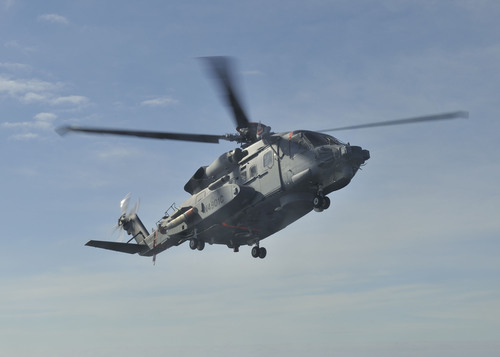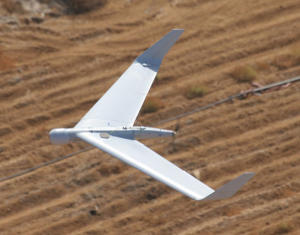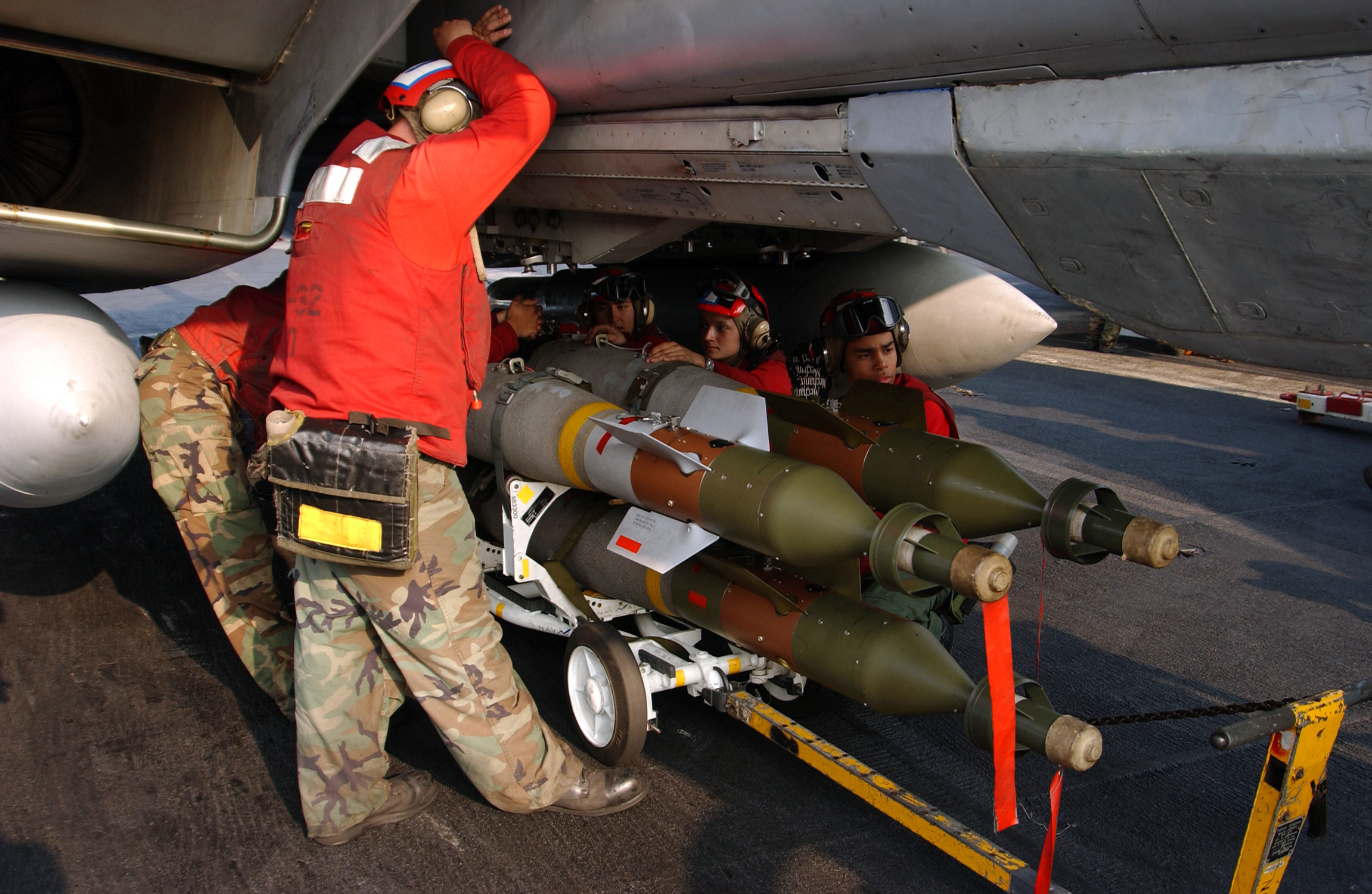June 15, 2011: STRATEGY PAGE
Combat pilots in Afghanistan have, like many businesses, discovered new and useful ways to use the iPad. U.S. Marine Corps helicopter pilots found the iPad a useful way to carry hundreds of
military maps, rather than the hassle of using paper versions. Marine commanders quickly realized this "field expedient" (a military "hack" that adopts something for unofficial use while in the
combat zone) worked, and made it official. That meant buying iPads for this and getting to work coming up with more uses.
This is nothing new. The U.S. Army has established an app store (the Army Marketplace) for military smart phone users. This includes the iPad, which soldiers are also big fans of. The army app
store includes an "App Wanted" section where users can post descriptions of an app they need. If a developer (in uniform, or an army approved civilian with access to the Army Marketplace) is
interested, a discussion can be started on an attached message board. The army hopes that the needed app will be quickly created and made available at the Army Marketplace. Developers can charge
for their apps, although the army is also willing to pay developers to create needed apps that have been described by military smart phone users.
One of the more impressive apps was one that assisted troops calling in air and artillery fire. Specialized, and now portable, computers have been used in the military for decades, to help troops
who call in artillery fire, or air strikes. But these "forward controllers" have to lug around a lot of gear, as they move, often on foot, with the infantry they support. Every bit of weight
counts. The less you carry, the more energy you have for life-and-death tasks. Now, there is an app for that, and the forward controllers can leave behind gear that has now been replaced by an
iPhone app.
The army and marines see these portable devices as key battlefield tools. Not just for communication, but for a wide range of data handling (computer) chores. Some of these apps turn the iPad or
smart phone into part of a weapon. The military wants to work closely with Apple to ensure the troops get the software they need, as well as customized hardware. Details are largely kept secret.
But now the military knows, for certain, that creating lots of these apps requires more time and effort than many troops can muster. Then there is the problem of maintaining (upgrading and fixing
bugs). So the army is going to establish a team to take care of this, using some army personnel and contractors as part of a permanent organization.
This is all part of a trend. In the last decade, the U.S. military found the iPod music player an increasingly useful tool. This happened for two reasons. As time went on (the iPod was introduced
just after September 11, 2001), more and more troops bought iPods. By 2005, most troops had them. The iPod was the perfect entertainment device for the battlefield. When you got a chance to take
a break, you put in the ear buds, turned it on, and were in a different place for a few minutes. The iPod battery usually kept going until the next time you got a chance to recharge.
The second reason was that, from the beginning, the iPod could do other things (run software for things other than listening to music). That's because the iPod was, basically, a very small
personal computer. In fact, the iPhone is basically an high end iPod (sold as such as the iPod Touch), with cell phone capability added.
At first, most of the other iPod software was games, but soon non-game applications were added. There was a problem for the military, however. Except for some skilled hackers, no one but Apple,
or with the help of Apple, could create software for the iPod. Despite that, the U.S. Army had some military software written for the iPod. This worked well, but it took over a year to get new
software for an iPod, a delay that did not encourage rapid development. That changed three years ago, when Apple opened its App Store, and released a tool kit (SDK) for programmers to develop
software for the iPhone and iPod Touch. This meant that military programmers could create Touch software to suit their needs, and do it quickly. In less than a year, hundreds of military-specific
Touch programs have been created. Many do not show up in the App Store, as they are only for military use.
The Touch, and now the $500 iPad, have become the new "most favorite gadgets" for the troops. The Touch is cheap (under $230), has the same interface as the iPhone, has several hundred thousand
programs (and growing rapidly) available, and can also serve as an iPod (to listen to music or view vids). The Touch has caught on, and it does the job better than any earlier PDA. The Touch also
has wi-fi built in, making it easier for the troops to get new software or data onto their Touch. The iPad is basically a larger Touch, and popular for reading magazines, and consulting technical
manuals. Troops have long been reading books on the iPhone and Touch. Now, smart phones like the iPhone are becoming increasingly common, so much so that few troops will go off to war without
one. And the smart phones get smarter every year. As of 2011, your average smart phone has the computing power of a ten year old laptop.
For use in the combat zone, troops usually put one of the many protective covers on their smart phone, Touch, or iPad and, so far, these devices have held up well under battlefield conditions.
Meanwhile, some of the software written for earlier iPods, is now available for the Touch and iPhone. This includes the VCommunicator Mobile software and libraries. This system translates English
phrases into many foreign languages. Each language takes up four gigabytes per language, so they easily fit on the Touch. The software displays graphics, showing either the phrase in Arabic, or a
video of a soldier making the appropriate hand gesture (there are a lot of those in Arabic), and this looks great on the Touch. There are collections of phrases for specific situations, like
checkpoint, raid or patrol. You can use any accessory made for the iPod, like larger displays or megaphones. Non-combat troops have found the Touch, and especially the iPad, as a useful way to
carry hundreds of technical manuals around, for use while maintaining or repairing equipment. Some tech personnel have made videos of how to carry out particularly difficult repair or maintenance
procedures, and passed these "show and tell" vids around.
All this is nothing new. When PCs first showed up in the late 1970s, younger troops were, as usual, early adopters. And many of them quickly found ways to create software that made their jobs
easier. Databases and programs, created by the troops, that figured things out more quickly and effortlessly, kept showing up throughout the 1980s. It took about a decade for the brass to catch
on, and another decade for the senior military people to embrace this flood of computerization. So when the iPod Touch came along, it was quickly adopted. And no one in uniform was surprised.
This was in large part because so many of today's generals and admirals remember how programmable calculators were introduced when they were young, and how they and their troops adopted these
devices for military use. This rapid adoption of technology has now become part of the military DNA, and it started at the bottom.



























